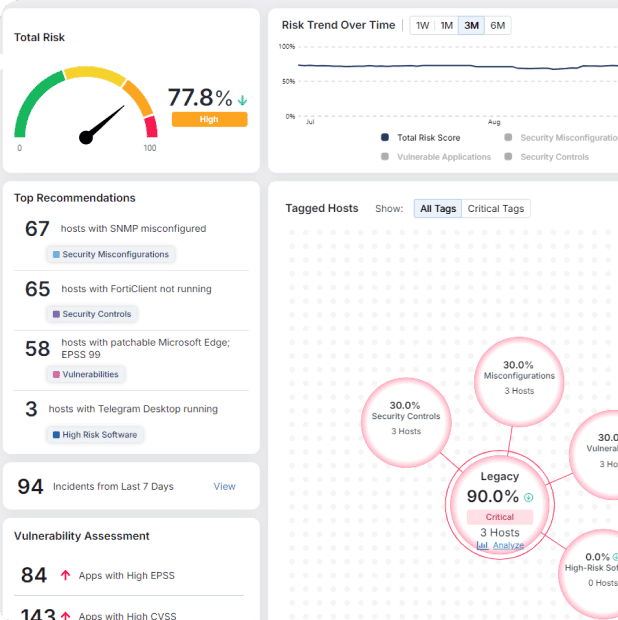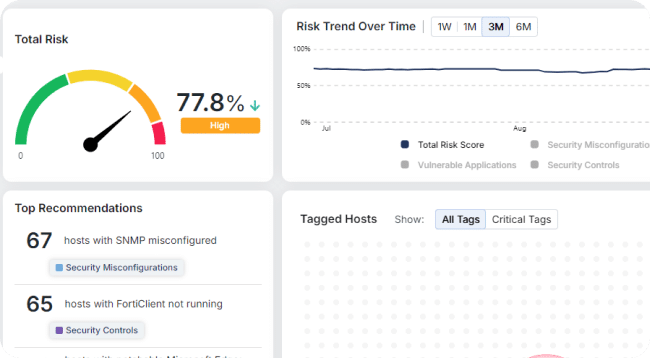The Ultimate Ransomware Strategy: Enabling Preemptive Cybersecurity Through Zero Trust with AMTD
Download NowThe concept of Zero Trust Architecture (ZTA) emerged in 2009 with the principle of “never trust, always verify.” In the years since, organizations have become increasingly reliant on cloud services, applications, APIs, IoT devices, and distributed IT environments. Meanwhile, cyber threats have evolved dramatically, leveraging sophisticated attack techniques that bypass traditional security controls.
The challenge today is that industry-standard security solutions—such as Next-Generation Antivirus (NGAV), Endpoint Protection Platforms (EPP), and Endpoint Detection and Response (EDR)—are largely reactive. Preemptive Cyber Defense represents a new paradigm in cybersecurity—one that anticipates and acts against potential attacks before they occur.
Download this white paper to learn:
- Why NGAV and EDR struggle to defend against sophisticated attacks
- How technologies like Automated Moving Target Defense (AMTD) support zero trust strategy
- How AMTD and zero trust enable Preemptive Cyber Defense















